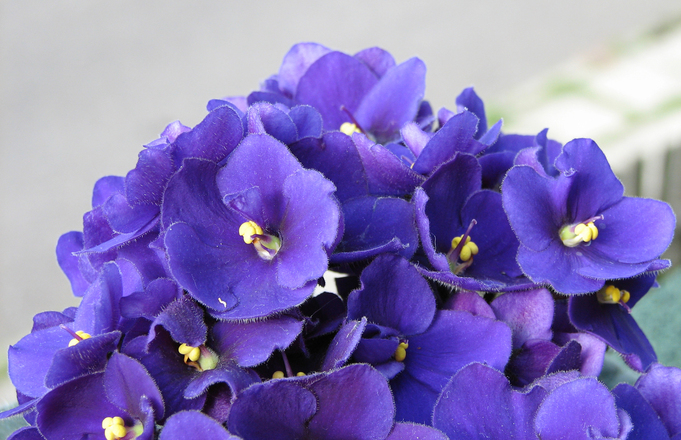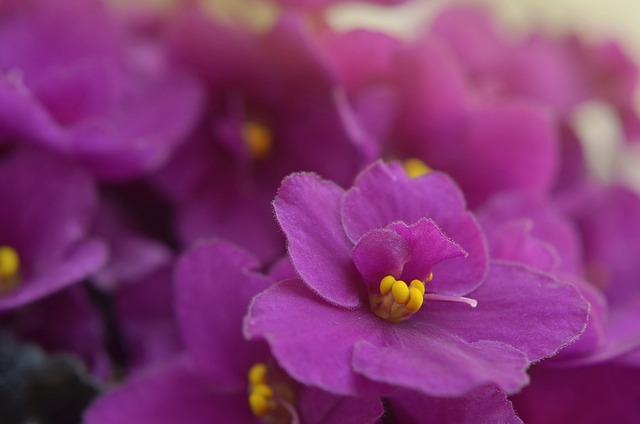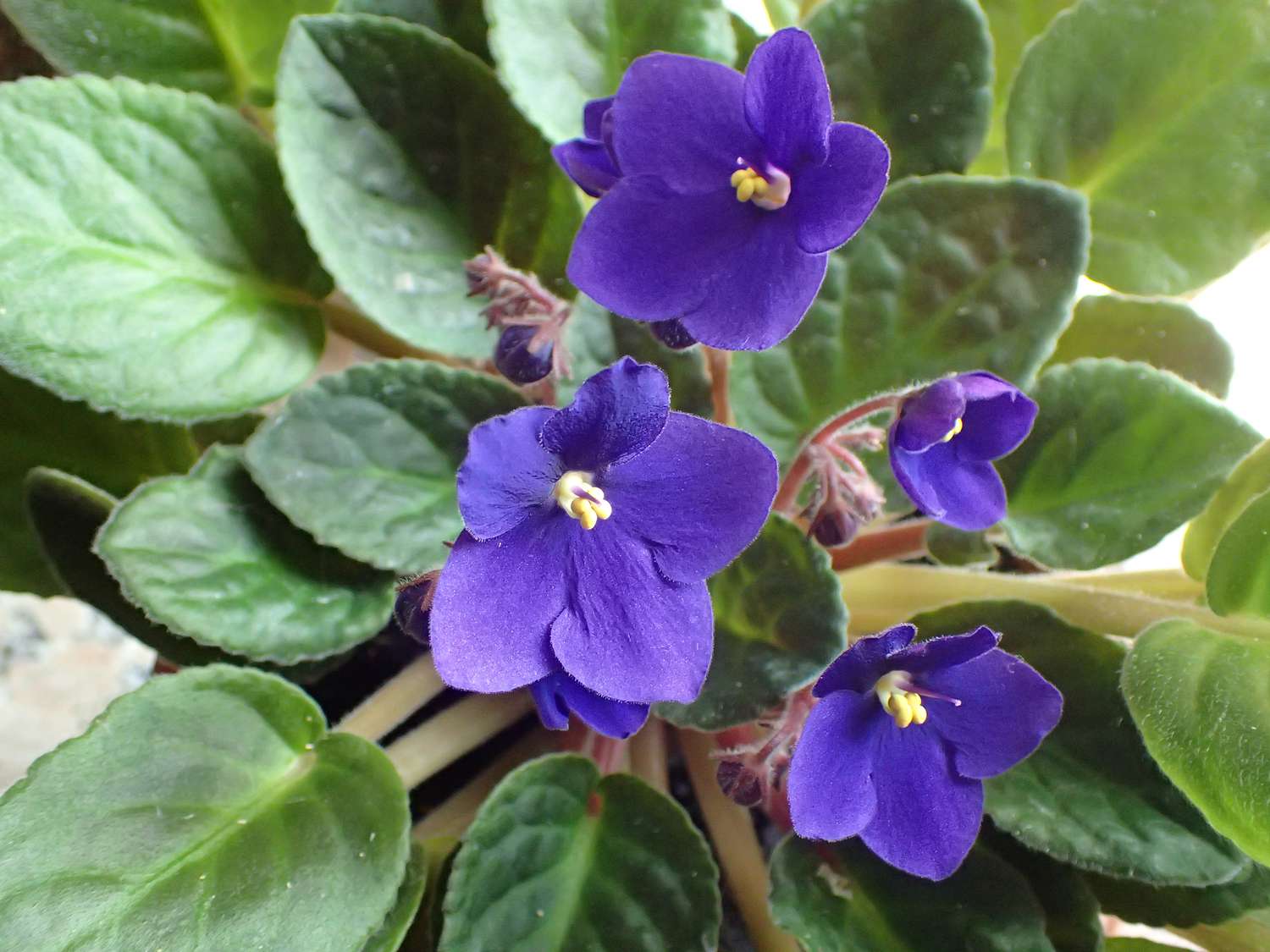African Violets, scientifically known as Saintpaulia, are charming flowering plants that captivate with their vibrant blooms and lush foliage. Native to the tropical regions of eastern Africa, these popular houseplants have won the hearts of plant enthusiasts around the world. In this article, we will explore the fascinating world of African Violets, including their origin, characteristics, care requirements, and tips for successful cultivation.
Section 1: Origins and Characteristics
- Native Habitat: African Violets are indigenous to the cloud forests of Tanzania and Kenya in eastern Africa. These regions provide the ideal conditions of filtered light, moderate temperatures, and high humidity that African Violets thrive in.
- Plant Structure: African Violets are herbaceous perennials with velvety leaves that form rosettes. The leaves vary in shape, ranging from round to ovate or heart-shaped, and often exhibit attractive patterns and textures.
- Colorful Blooms: One of the most remarkable features of African Violets is their stunning flowers. Blooms come in a wide array of colors, including shades of purple, pink, blue, white, and variegated combinations. The flowers have a five-petal structure and can be single, semi-double, or double in form.
Section 2: Cultivation and Care
- Lighting Requirements: African Violets thrive in bright, indirect light. They prefer a location near a window with filtered light or under fluorescent grow lights.
- Temperature and Humidity: African Violets prefer temperatures between 65-75°F (18-24°C) during the day and slightly cooler temperatures at night. They appreciate high humidity levels, which can be increased by using a humidifier or placing the pots on a tray with water and pebbles.
- Watering and Soil: African Violets have specific watering needs. It is best to water them from the bottom by placing the pot in a tray of water and allowing the plant to soak up the moisture. They thrive in well-draining soil that is specifically formulated for African Violets or other moisture-retaining, peat-based mixes.
- Fertilization: Regular fertilization is important to support healthy growth and abundant blooms. Use a balanced, water-soluble fertilizer specifically formulated for African Violets, following the package instructions.
Section 3: Propagation and Maintenance
- Propagation: African Violets can be propagated through various methods, including leaf cuttings and division of offsets (small plantlets that grow around the base of the mother plant). Leaf cuttings can be rooted in a moist medium, while offsets can be carefully separated and potted in their own containers.
- Pruning and Maintenance: Regular maintenance includes removing spent blooms, trimming away damaged or yellowing leaves, and occasionally repotting the plants to refresh the soil and encourage healthy growth.
Section 4: African Violet Societies and Exhibitions
- African Violet Societies: Dedicated African Violet enthusiasts often join local or regional African Violet societies to connect with fellow enthusiasts, share knowledge, and participate in events and exhibitions.
- Exhibitions and Shows: African Violet shows and exhibitions provide an opportunity to showcase and admire the diverse array of African Violet cultivars. These events often feature competitions, educational sessions, and sales of unique varieties and supplies.
Conclusion: African Violets, with their captivating blooms and lush foliage, bring a touch of elegance and charm to indoor spaces. Their origin in the tropical forests of eastern Africa, coupled with their adaptability to indoor environments, make them beloved houseplants worldwide. By understanding their specific care requirements and providing them with optimal growing conditions, anyone can enjoy the beauty of African Violets and revel in their delightful blooms.


